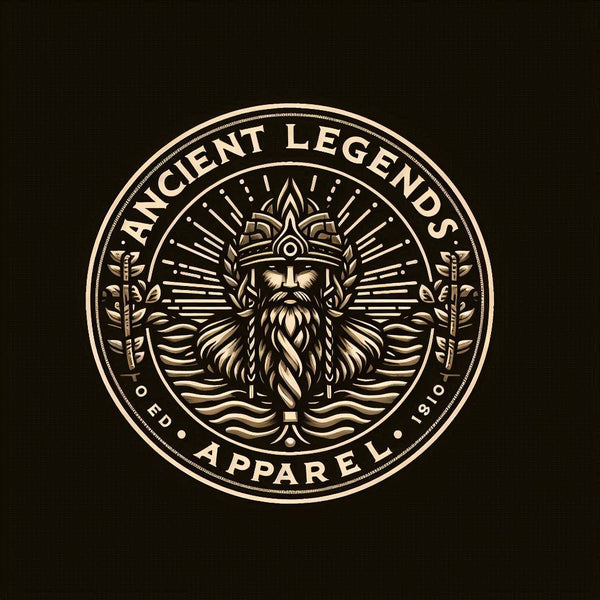Rituals and Rites of the Cultural Tattoos
Karl FShare
INTRODUCTION
Just as the ancient petroglyphs serve as the historical memoirs of our ancestors, etched onto the walls of caves and cliffs, the human accent to body art, more specifically, tattoos, traverse back to centuries. Far from a mere artistic vanity, these cultural tattoos held immense spiritual significance, manifesting the rites, rituals, and myths of ancient civilizations. They painted not just human skin but expressed powerful narratives, from the epoch-making tales of the gods to the feats of legendary warriors, beasts, and divine creatures. Today, these cultural tattoos live as dialogues from the past; they enthrall us, captivate our imagination, and remind us of our shared collective mythology and folklore.
ORIGIN AND CULTURAL CONTEXT
Tattoos footprints journey back to the Bronze Age, engraved eternally on the skin of the "Ice Man," Otzi, discovered in the Alps. The ancient Polynesians revered the art of 'tatau,' practiced by the highly respected 'tufuga,' or master-artists. These intricate 'tatau' served as spiritual shields, exhibiting the individual's status, bravery, and dedication to the gods.
The tribes of the Maori in New Zealand inked 'moko', a sacred tattoo, onto their faces and bodies, believed to hold their personal and ancestral identity. In Japan, Irezumi, the traditional Japanese tattoos represented motifs from mythological creatures, such as dragons, 'kappa' (water demons) and 'kitsune' (fox spirits).
THE LEGEND OR STORY
In Polynesian culture, one of the foundational myths surrounds the god Ta'aroa and his body adorned with tattoos. The legend goes that Ta'aroa emerged from a cosmic egg, his body marred by the struggle of birth. To cover these marks of creation, he tattooed his skin with potent symbols and patterns. He shared this powerful art with the humans, transforming them from naked beings into divine individuals wrapped in spiritual body art.
Among the Maori, every stroke of the 'moko' recounted their lineage, echoing the pulses of their ancestral legends. A warrior bearing the 'moko' tattoos was believed to embody his ancestral spirits in battle, fighting as a blend of man and myth.
INTERPRETATIONS AND SYMBOLISM
The tattoos of Ta'aroa were never merely about aesthetics; they symbolized episodes of creation, unity, and divine power. Every spiral and swirl veiled sacred symbols, warding away evil and invoking divine protection.
The 'moko' marked one's journey, one's connections to their ancestors, their 'whakapapa' (genealogy). For warriors, each curve symbolized their valor and strength. For women, the 'moko kauae,' engraved on the chin, represented their wisdom and spiritual guidance.
COMPARISONS IN OTHER CULTURES
Beyond Polynesia and Maori culture, the Picts, a Celtic tribe in Scotland, adorned their bodies with tattoos representing beasts and celestial bodies to gain their strength and protection. In ancient Egypt, archaeological findings from the Middle Kingdom reveal tattoos portraying the goddess Bes, protector against evil, on female mummies, symbolizing fertility and the afterlife.
In Native American Culture, tattoos acted as rites of passage, spiritual protection, or representation of personal achievements. Even today, symbols like thunderbirds, arrows, and dreamcatchers appear in tribal tattoos, echoing age-old tales and traditions.
MODERN REFERENCES AND POP CULTURE
The intriguing resonance of cultural tattoos reverberates even in today’s pop culture. Films like Disney’s ‘Moana’ portrayed Polynesian tattoos, depicting Maui’s body embellished with tattoos that curate his past feats. The popularity of Maori-inspired 'tribal tattoos' in modern tattoo art is one evidence of their continued influence.
Notorious characters in video games, like Kratos from 'God of War', bear ancient tattoos. In music, singer Rihanna sports a 'ta moko'-inspired hand tattoo, reported as a tribute to her personal journey and values.
LEGACY AND LASTING MYSTERIES
From frozen ancient bodies etched in tribal ink to modish tattoo parlors luring urban souls, the legacy of cultural tattoos has perpetuated, transcending borders and cultures. They whisper tales from bygone eras while echoing contemporary narratives. The complexities of their origins, interpretations, and their quietly mysterious evolution still puzzle researchers, even as the incessant hum of the tattoo gun continues to etch collective and personal histories into human skin.
As our understanding grows, we comprehend how these inked symbols perform more than a decorative function. They not merely beautify the body but beautify the soul, embodying belief systems, portraying personal and shared histories, marking spiritual journeys, and supporting the bearer through life's trials. They are an enduring form of human expression that holds as much meaning and relevance today as they did thousands of years ago. In essence, we ink ourselves not simply to mirror our individuality, but to echo our eternal bond to a shared tapestry of myth, legend, and human spirit.
